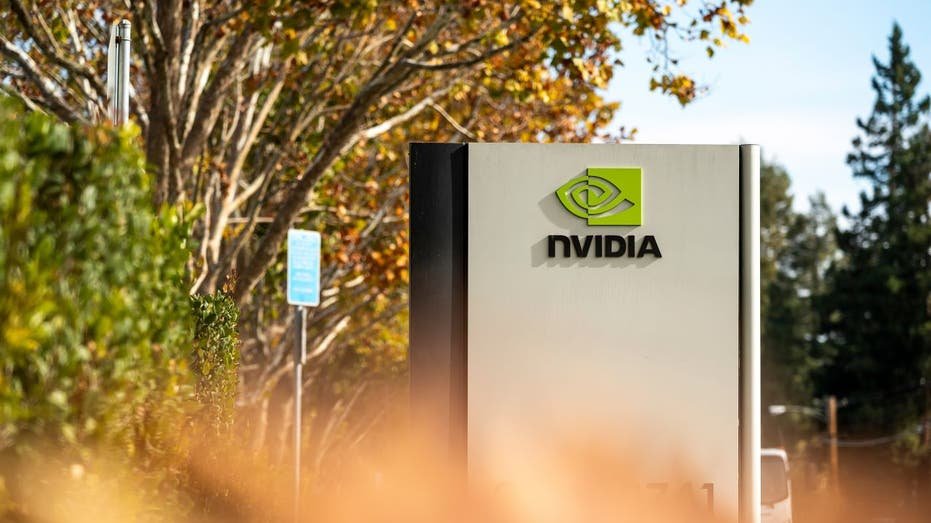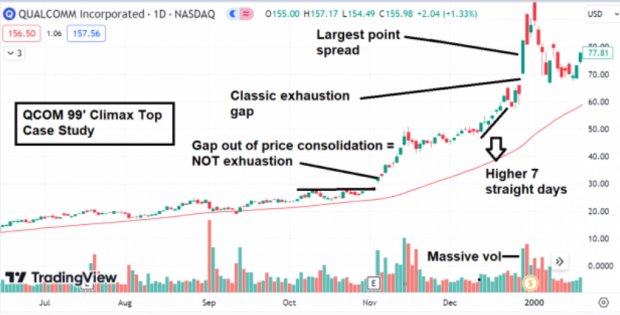Northrop Grumman Corp. NOC recently clinched a contract to provide ongoing support for the Trident II (D-5) deployed ballistic missile submarines and the guided missile submarines (SSGN) underwater launcher systems (ULS). The award has been offered by the Strategic Systems Programs, Washington, D.C.
Details of the Deal
Valued at $42.4 million, the contract is expected to be completed by Sept. 30, 2031. Per the terms of the deal, Northrop will offer technical engineering support, like field services, and integration for D-5 and the SSGN attack weapon system.
A major portion of the work related to this deal will be carried out in Sunnyvale, CA, Bangor, WA, and Kings Bay, GA.
NOC’s Undersea Capabilities
Northrop Grumman is the premier provider of missile launch systems for naval submarines and surface ships. Notably, every vertical launch system on U.S. Navy submarines today can trace its origin to NOC’s Underwater Launch Center of Excellence in Sunnyvale, CA.
Its maritime capabilities can be further gauged from the fact that its sensors are fielded on U.S. submarines like the Virginia Class submarines, which, in turn, positions Northrop Grumman to fully operationalize the U.S. Navy’s Project Overmatch and Distributed Maritime Operations strategy.
A notable undersea technology offered by Northrop is the µSAS sensor, which allows uncrewed undersea vehicles and submarines to capture sharp images of the ocean floor. This sensor has proved to be a useful device in mine hunting, apart from its non-defense applications like finding ship wreckages.
Growth Prospects for NOC Stock
In recent times, increased demand for undersea warfare systems has been witnessed amid rising geopolitical instability worldwide and the advent of more advanced and stealth underwater vehicles, including submarines. Notably, such underwater vehicles, along with their state-of-the-art communications and sensor systems, play a crucial role in addressing security threats and maintaining battlespace dominance in the underwater environments of a nation.
This must have prompted the Allied Market Research firm to predict a CAGR of 4.7% from 2022 to 2031 for the undersea warfare systems market.
Such a solid growth prospect should benefit Northrop, considering its proven dominance in underwater warfare.
Notably, apart from the µSAS sensor, Northrop manufactures NiobiCon, which offers an innovative, safe way of making electrical connections underwater. This novel wet-mate connector technology allows for power transfer and data exchange without seals, oil or moving parts.
Peer Opportunities
Other defense contractors with their products catering to undersea warfare and thus expected to reap the benefits of the aforementioned market growth are mentioned below:
Lockheed Martin LMT: The company designs, develops and integrates submarine combat systems for the United States, United Kingdom, Canada, Brazil, Spain and a few other nations. Lockheed Martin has developed an engineering and management program, called the Submarine Warfare Federated Tactical System, which involves various submarine combat subsystems — sonar, radar, communications, weapon control, tactical control, navigation and more. Currently, LMT is engaged in incorporating its Combat System Integration into Australia’s future submarine fleet.
The stock boasts a long-term (three-to-five) earnings growth rate of 4.5%. The Zacks Consensus Estimate for LMT’s 2024 sales suggests an improvement of 5.4% from the year-ago reported figure.
L3Harris Technologies LHX: It is the world’s largest submarine imaging system provider with imaging masts on all classes of U.S. Navy submarines, delivering precise, high-resolution optics and integrated sensor packages. The company also offers undersea solutions in the areas of sensors, power and seabed systems. Its undersea warfare systems include integrated, superior, multi-domain sensor capabilities, acoustic/undersea systems & sensors, seabed systems, unmanned underwater vehicles and imaging systems on naval submarine programs.
The stock boasts a long-term (three-to-five) earnings growth rate of 9.2%. The consensus estimate for LHX’s 2024 sales implies an improvement of 9.7% from the year-ago reported figure.
General Dynamics GD: The company, apart from being a renowned manufacturer of submarines, designs small and medium-class Unmanned Underwater Vehicles (UUVs) that can be used for a variety of missions, including intelligence gathering, mine-hunting, scientific exploration and ship hull inspection. GD’s product portfolio includes the Knifefish medium-class mine countermeasure UUV and Bluefin lightweight UUV.
The stock boasts a long-term (three-to-five) earnings growth rate of 11.8%. The consensus estimate for GD’s 2024 sales suggests an improvement of 13.6% from the year-ago reported numbers.
Price Performance
In the past year, shares of NOC have surged 5.4% against the industry’s 2.5% decline.
Image Source: Zacks Investment Research
Zacks Rank
Northrop currently has a Zacks Rank #3 (Hold). You can see the complete list of today’s Zacks #1 Rank (Strong Buy) stocks here.
Zacks’ Research Chief Names “Stock Most Likely to Double”
Our team of experts has just released the 5 stocks with the greatest probability of gaining +100% or more in the coming months. Of those 5, Director of Research Sheraz Mian highlights the one stock set to climb highest.
This top pick is among the most innovative financial firms. With a fast-growing customer base (already 50+ million) and a diverse set of cutting edge solutions, this stock is poised for big gains. Of course, all our elite picks aren’t winners but this one could far surpass earlier Zacks’ Stocks Set to Double like Nano-X Imaging which shot up +129.6% in little more than 9 months.
Free: See Our Top Stock And 4 Runners Up
Lockheed Martin Corporation (LMT) : Free Stock Analysis Report
Northrop Grumman Corporation (NOC) : Free Stock Analysis Report
General Dynamics Corporation (GD) : Free Stock Analysis Report
L3Harris Technologies Inc (LHX) : Free Stock Analysis Report
To read this article on Zacks.com click here.
The views and opinions expressed herein are the views and opinions of the author and do not necessarily reflect those of Nasdaq, Inc.











